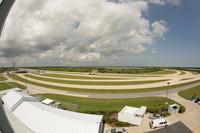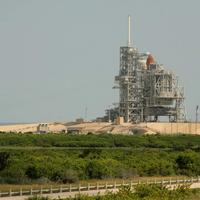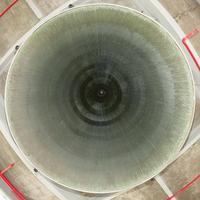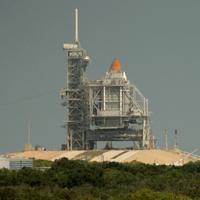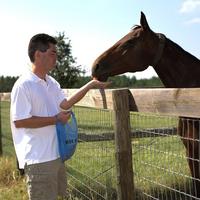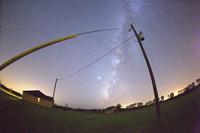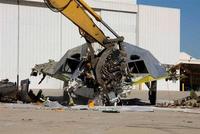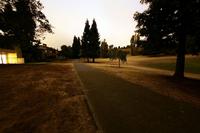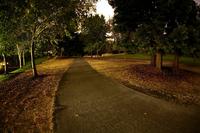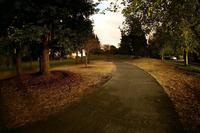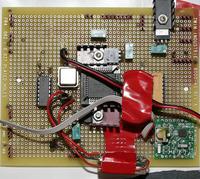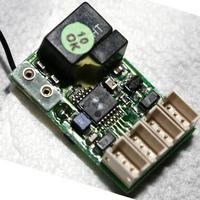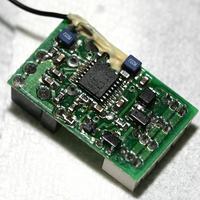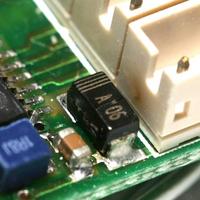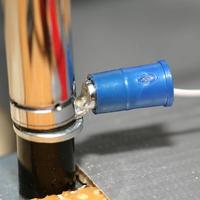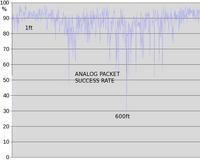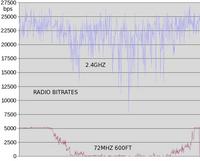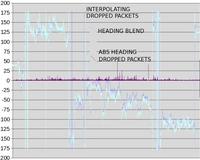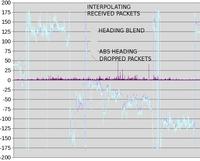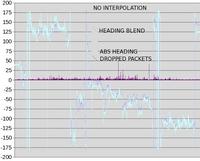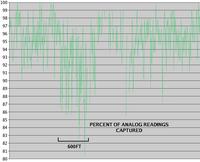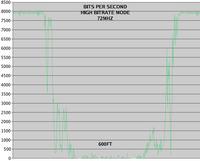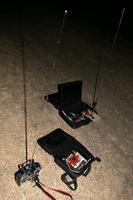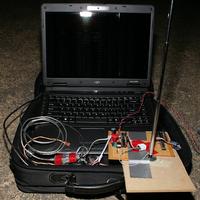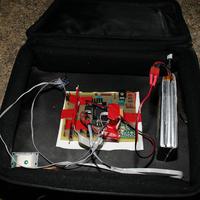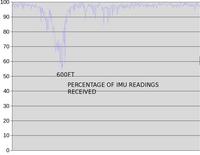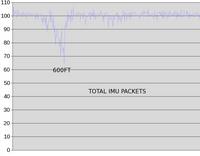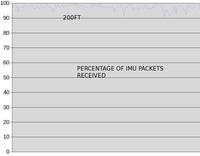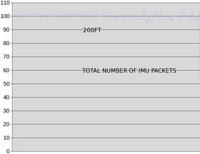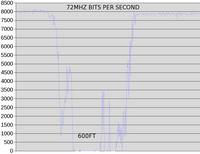Archive for September, 2008
Comments (1)
Add Comment
-
 Views: 276
Views: 276
-
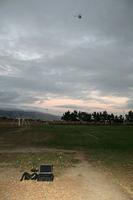 Views: 263
Views: 263
The fact is, everyone sets up their ground station next to Heroine Car but no-one is excited about flying next to Heroine Car, so she ends up flying way too high in the family photos. -
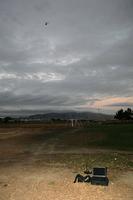 Views: 235
Views: 235
-
 Views: 245
Views: 245
The lights of Moff hangar in the distance. -
 Views: 269
Views: 269
-
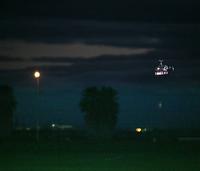 Views: 240
Views: 240
-
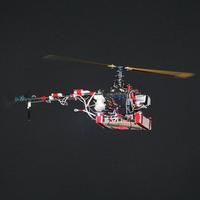 Views: 258
Views: 258
Less radio coverage than U think. -
 Views: 234
Views: 234
Analog packet loss was extreme in this wind even though the range was the same as yesterday.
-
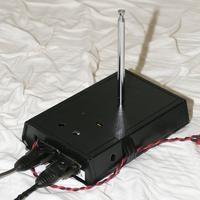 Views: 309
Views: 309
Visible status LED & dual USB adaptors. That's more like it. -
 Views: 263
Views: 263
The USB dongle bailout tax is going to separate the men from the boys. -
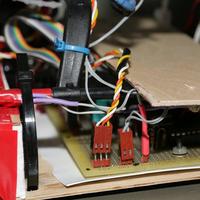 Views: 272
Views: 272
The answer is yes. Molex connectors under the skids have problems. Fortunately, U can still fly without the port cyclic servo. -
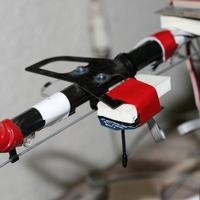 Views: 298
Views: 298
It makes miracles possible, when it works. -
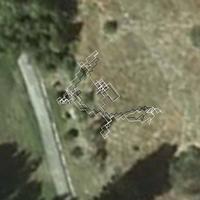 Views: 284
Views: 284
We're stuck in an extremely cramped location for the golf course flights. -
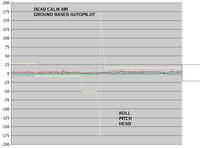 Views: 257
Views: 257
With fully calibrated PID loops, IMU & autopilot performance is identical to the embedded computer, in dead calm air. Maybe better thanks to interrupt driven analog sampling.
-
 Views: 304
Views: 304
The first enclosure for any of our inventions. $14 -
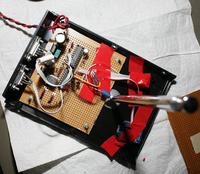 Views: 266
Views: 266
Attaching the radio modules is still in progress. -
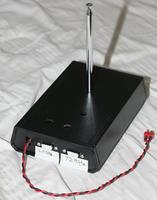 Views: 249
Views: 249
Raw data from the great beyond & holes for cooling. Standardized on Dean for all power connectors, but unfortunately Dean doesn't have a bolt-on connector. -
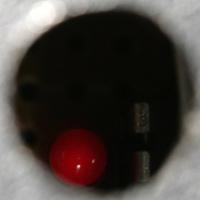 Views: 237
Views: 237
Didn't break out the status LED. -
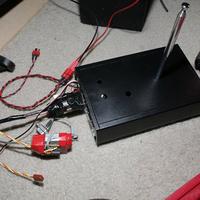 Views: 246
Views: 246
The hacked USB adaptors don't fit anymore, so we're another commute away from the next flight. The total for this enclosure with the new USB adaptors comes to $50. -
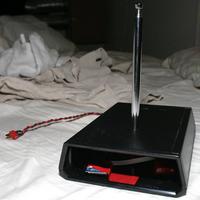 Views: 257
Views: 257
Opened for cooling & field adjustments.
-
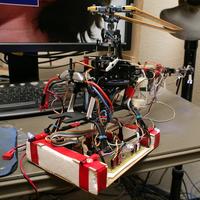 Views: 298
Views: 298
Pre crash posterity photos. -
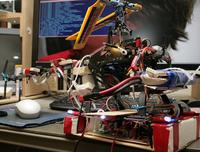 Views: 253
Views: 253
-
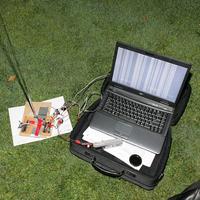 Views: 274
Views: 274
Ground station locked & loaded. -
 Views: 269
Views: 269
The first auto hover guided completely by radio telemetry. All the guidance was in the ground station. Only rate damping was in the airframe. -
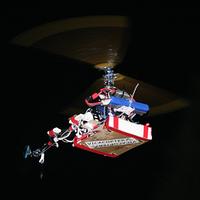 Views: 281
Views: 281
Barely enough sofware was calibrated to keep her in the air, but we were desperate. Technically our day job doesn't allow any time off except for eating & sleeping. -
 Views: 247
Views: 247
-
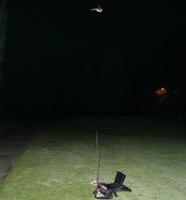 Views: 249
Views: 249
-
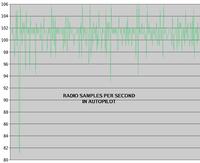 Views: 247
Views: 247
Basically no telemetry was being lost in this hover since we were right over the ground station. Still limited to 24Hz by those horrible XBee's.
-
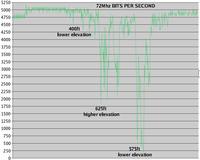 Views: 273
Views: 273
-
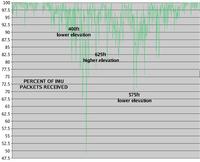 Views: 256
Views: 256
-
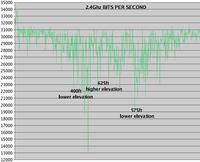 Views: 252
Views: 252
-
 Views: 249
Views: 249
-
 Views: 245
Views: 245
-
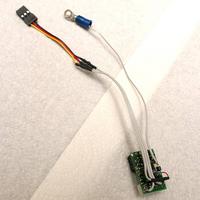 Views: 256
Views: 256
If U absolutely must not use your XBee inventory for anything but gliders & don't want to spend $10 on shipping & wait a week, the 72Mhz GWS is available down the street. -
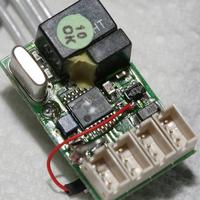 Views: 228
Views: 228
How to get the PPM. -
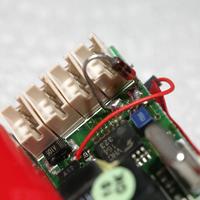 Views: 261
Views: 261
How to fix the result of reversing the voltage. Apparently it wouldn't work on 4.3V, so the Chinese put an A106 diode in backwards with the intention of burning it up if voltage was reversed.
-
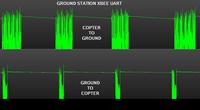 Views: 294
Views: 294
UART activity on the ground XBee -
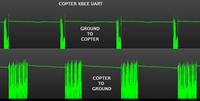 Views: 255
Views: 255
UART activity on the copter XBee -
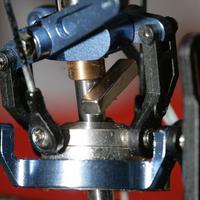 Views: 266
Views: 266
How to fix a washout base for cyclic tests. -
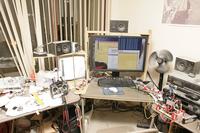 Views: 320
Views: 320
The wireless dump. -
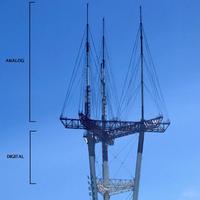 Views: 301
Views: 301
A radio that works most of the time. Note the massive amount of metal it took to broadcast the analog stations of your childhood compared to the new digital stations.
-
 Views: 292
Views: 292
Who can forget the Brock heroine statue in London. (http://www.victorianweb.org/sculpture/brock/19.html) -
 Views: 235
Views: 235
She has a sister in I.O.U.S.A.. The bankrupt heroine isn't as beautiful as the british heroine, but her boss has a really cheap mortgage. -
 Views: 253
Views: 253
-
 Views: 257
Views: 257
Looks like very small F-stops are the rule for flowers. -
 Views: 231
Views: 231
-
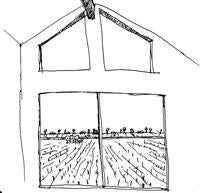 Views: 240
Views: 240
A farm that existed until 2000 & a view U had 25 years ago. Then your government turned it into middle manager mansions & now U need to pay up. -
 Views: 245
Views: 245
Empty roads 25 years ago, now Bangkok 2.0. -
 Views: 254
Views: 254
Federal highway trust fund went bankrupt recently.

